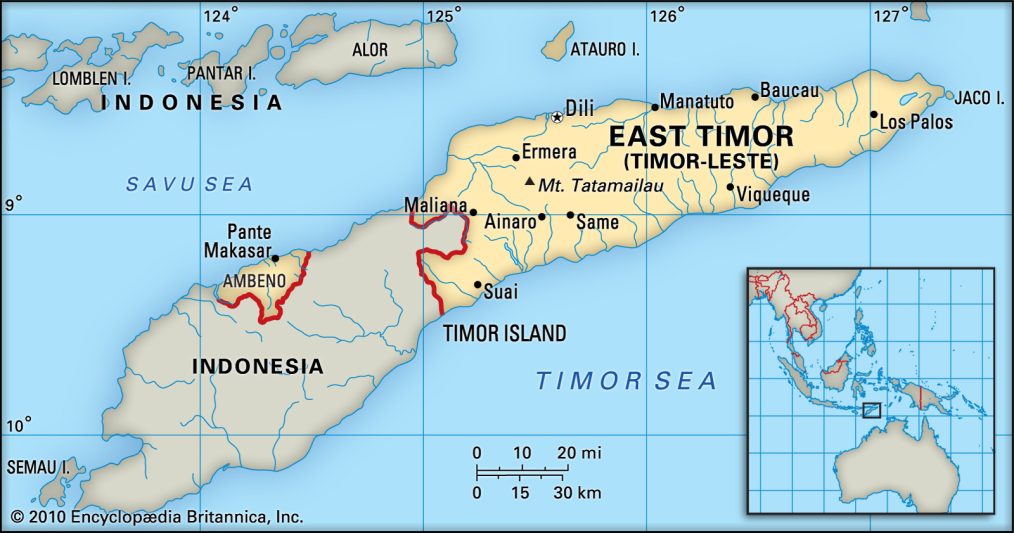The National Interest – by Stavros Atlamazoglou
Summary and What You Need to Know: The U.S. military has one of the world’s largest and most advanced tank fleets, operating approximately 4,650 M1 Abrams main battle tanks, half of which are in reserve.
The Army uses the M1A1 SA, M1A2 SEPv2, and the latest M1A2 SEPv3, introduced in 2020, featuring enhanced network capabilities, explosive reactive armour (ERA), improved ammunition data links, and reduced maintenance needs.
Plans are underway for an M1A3 model, driven by lessons learned from the Ukraine conflict, where tanks have been vital in both offense and defence.
Why the U.S. Army Operates Nearly 5,000 M1 Abrams Tanks
In a recent series of articles, we have talked about Greece’s surprisingly large tank fleet, Turkey’s reasons for operating over 2,000 tanks, and India’s tank fleet, which is one of the largest in the world.
Today, we will be talking about why the U.S. military has one of the largest and the most capable main battle tank arsenals in the world.
Armoured Cavalry
The U.S. military fields approximately 4,650 main battle tanks, about half of which are in reserve. Unlike the other countries we have explored in our series, the U.S. Army operates one type of tank: the M1 Abrams.
Currently, the Army operates the M1A1 SA, the M1A2 SEPv2, and the M1A2 SEPv3 versions of the main battle tank. The latter is the newest version of the tank and the most advanced tank in the world. It was introduced in 2020.
The latest version of the venerable M1 Abrams sports upgraded network capabilities, additional protection through additional explosive reactive armour (ERA) mountings, an improved ammunition data link that allows the tank to fire the most advanced munitions available, extra electrical power from an auxiliary power unit, and a reduced maintenance requirement.
Although a new System Enhancement Package (SEP) upgrade was in the works (it would be SEPv4), the Pentagon recently decided to completely overhaul the Army’s M1 Abrams fleet and introduce a new version of the tank, the M1A3. The decision was mainly motivated by the lessons learned from the fighting in Ukraine, where main battle tanks play an important role in both offensive and defensive operations.
The U.S. military has thousands of supporting armoured vehicles, such as the venerable M2 Bradley and the new M10 Booker that are designed to fight alongside main battle tanks and achieve superiority on the battlefield.
Tanks that are in reserve can become operational if needed after various degrees of maintenance.
Although the Army is the only service that operates main battle tanks, that wasn’t always the case.
The Case of the Marine Corps
Interestingly, the U.S. Marine Corps also operated main battle tanks until recently. In 2020, the Marine Corps officially deactivated its armour battalions. They transferred their approximately 450 M1 Abrams main battle tanks to the Army, some of which ended up in the service of the Ukrainian military.
The decision was highly controversial, drawing the ire of many current and former Marine Corps officers. The main reason for the opposition was that the Marine Corps now depended on the Army for armour in the event of a conflict, thus losing some of its independence.
The counterargument that influenced the decision was that the Marine Corps should return to its expeditionary role and be as light as possible, unencumbered by the logistical concerns of supporting a tank field larger than that of the entire British military.
Both arguments have merit. The Army, of course, is glad to be the only service to operate tanks.










